Home>Furniture>Outdoor Furniture>How To Install A Patio Sliding Door
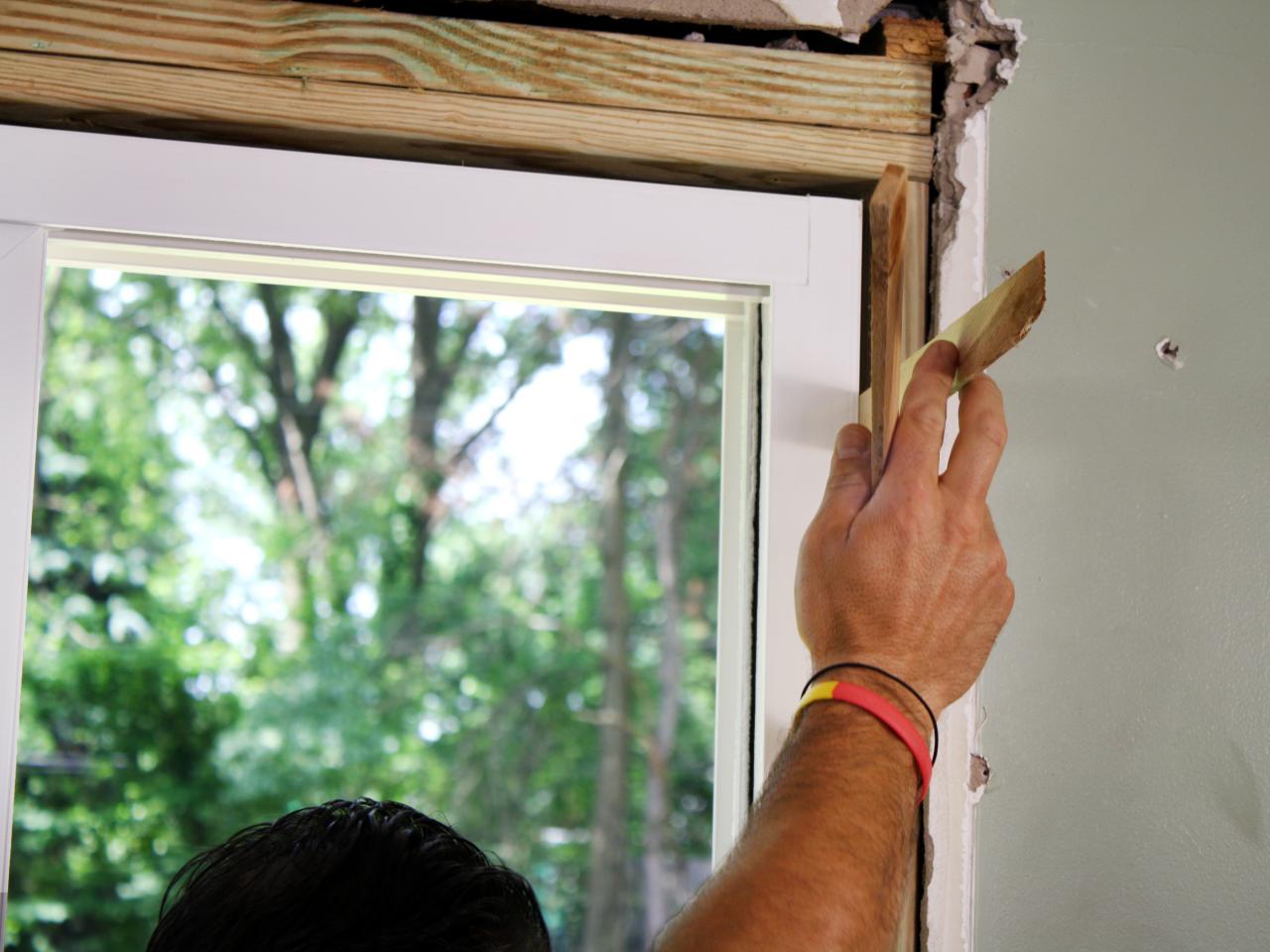

Outdoor Furniture
How To Install A Patio Sliding Door
Modified: March 7, 2024
Learn how to install a patio sliding door and enhance your outdoor living space with the latest trends in outdoor furniture.
(Many of the links in this article redirect to a specific reviewed product. Your purchase of these products through affiliate links helps to generate commission for Storables.com, at no extra cost. Learn more)
Introduction
Welcome to our complete guide on how to install a patio sliding door! If you’re looking to upgrade your outdoor space and create a seamless transition between your home’s interior and exterior, installing a patio sliding door is a fantastic option. Not only does it provide easy access to your patio or backyard, but it also allows an abundance of natural light to fill your living space.
In this guide, we’ll walk you through the step-by-step process of installing a patio sliding door. Whether you’re a seasoned DIY enthusiast or a beginner, you’ll find all the information you need to successfully complete this project.
Before we dive into the steps, it’s essential to gather the necessary tools and materials. Having everything ready will streamline the installation process and ensure a smoother experience. Let’s take a look at what you’ll need:
Key Takeaways:
- Transform your outdoor space with a patio sliding door for easy access and abundant natural light. Follow the step-by-step guide for a successful DIY installation.
- Ensure a smooth and secure patio sliding door installation by measuring accurately, adjusting components, and testing for proper operation. Enjoy the seamless indoor-outdoor connection!
Read more: How To Install Sliding Patio Doors
Step 1: Gather the Required Tools and Materials
Before you begin the installation process, it’s important to gather all the necessary tools and materials. Here’s a list of what you’ll need:
- Tape measure
- Level
- Screwdriver
- Drill
- Saw
- Hammer
- Caulk gun
- Silicone caulk
- Weatherstripping
- Screws
- Shims
- New sliding patio door kit
Once you have all the necessary tools and materials ready, you’re set to move on to the next step.
Step 2: Measure and Prepare the Opening
The next step in installing a patio sliding door is to measure and prepare the opening where the door will be installed. Follow these steps to ensure accurate measurements and proper preparation:
- Start by measuring the width and height of the opening. Take three measurements for both dimensions: at the top, middle, and bottom. Use the smallest measurements for accuracy.
- Next, check if the opening is square. Measure the diagonal distances from opposite corners. If the measurements are equal, the opening is square. If not, adjust the frame accordingly.
- Inspect the opening for any structural damage, such as rot or water damage. Repair or replace any damaged areas before proceeding with the installation.
- Ensure the opening is clean and free from debris. Clear away any obstacles and make sure the surface is smooth and level.
Once you have measured and prepared the opening, you’re ready to move on to the next step of the installation process.
Step 3: Remove the Old Door (if applicable)
If you’re replacing an existing patio sliding door, you’ll need to remove it before installing the new one. Follow these steps to safely remove the old door:
- Start by opening the existing door fully and prop it securely to prevent it from closing or falling.
- Locate the screws or nails securing the door frame to the surrounding wall. Use a screwdriver or pry bar to remove them.
- Next, carefully remove any trim or molding around the door frame using a pry bar or a hammer and chisel.
- Once the trim is removed, begin dismantling the frame itself. Use a pry bar or hammer to carefully pry the frame away from the wall. Be cautious not to damage the surrounding wall or floor during this process.
- If you encounter any stubborn sections, use a reciprocating saw to cut through the frame and remove it in smaller sections.
- Once the frame is removed, ensure that the opening is clean and free from any debris or obstructions.
If you’re installing a brand new patio sliding door, skip this step and proceed to the next one. However, if you’re replacing an existing one, it’s crucial to ensure the opening is properly prepared before moving forward with the installation.
Now that the old door is removed (if applicable) and the opening is clean and ready, you can proceed to the next step of installing your new patio sliding door.
Step 4: Install the Bottom Track
The bottom track plays a crucial role in ensuring the smooth operation of your patio sliding door. Follow these steps to properly install the bottom track:
- Begin by placing the bottom track in the center of the opening, making sure it is level. Use a level and shims as needed to ensure proper alignment.
- Secure the bottom track to the floor using screws or nails. Make sure to choose the appropriate fasteners for your specific flooring material.
- Double-check the track’s alignment and stability. Test the track by sliding a piece of scrap wood or cardboard along it to ensure a smooth and even motion.
- If the bottom track is adjustable, make any necessary adjustments to ensure it is level and aligned correctly.
Installing the bottom track properly is crucial for the smooth operation of your sliding door. Take your time during this step to ensure it is level, aligned, and securely in place.
With the bottom track installed, you’re ready to move on to the next step in the installation process.
Read more: How To Install A Pella Sliding Patio Door
Step 5: Install the Side Jambs
The side jambs provide stability and support to the sliding door frame. Follow these steps to correctly install the side jambs:
- Start by placing the side jambs against the sides of the opening, ensuring they are flush with the wall and aligned with the bottom track.
- Secure the side jambs to the wall using screws or nails. Make sure to choose the appropriate fasteners for your specific wall material.
- Use a level to check the vertical alignment of the side jambs. Adjust as necessary to ensure they are straight and plumb.
- Once the side jambs are securely in place, test the sliding door frame by sliding a scrap piece of wood or cardboard along the track. Ensure that it moves smoothly and without any obstructions.
- If adjustments are needed, use shims to bring the side jambs into alignment with the track and ensure a smooth operation.
Properly installing the side jambs is essential for the stability and functionality of your patio sliding door. Take your time during this step to ensure they are securely attached and aligned correctly.
With the side jambs installed, you’re ready to move on to the next step in the installation process.
When installing a patio sliding door, make sure to carefully measure the opening to ensure the door fits properly. It’s also important to follow the manufacturer’s instructions for installation to ensure a secure and weather-tight fit.
Step 6: Insert and Secure the Sliding Door Panels
Now comes the exciting part – inserting and securing the sliding door panels. Follow these steps to ensure a proper installation:
- Carefully lift the sliding door panels and place them into the bottom track. Start with the stationary panel, also known as the non-operational panel.
- Ensure that the panel is aligned with the side jambs and sits securely in the track.
- Once the stationary panel is in place, insert the second panel, also known as the operational panel. Slide it into the track and ensure it fits properly against the stationary panel.
- Check that the panels slide smoothly along the track without any obstructions. Make any necessary adjustments to ensure a proper fit.
- Once the panels are aligned and fit correctly, secure them to the side jambs using screws or nails. Refer to the manufacturer’s instructions for the recommended fastening method for your specific patio sliding door kit.
- Verify that the sliding door panels slide smoothly and operate without any issues. Open and close the door several times to confirm its functionality.
Installing the sliding door panels properly is crucial for their smooth operation and longevity. Take your time during this step to ensure they are inserted correctly and securely fastened.
With the sliding door panels inserted and secured, you’re ready to move on to the next step in the installation process.
Step 7: Install the Top Track
The top track of a patio sliding door provides stability and guidance for the sliding panels. Follow these steps to properly install the top track:
- Position the top track above the sliding door panels, ensuring it aligns with the side jambs and is level.
- Use a level and shims as needed to ensure the top track is level and properly aligned.
- Secure the top track to the header or upper portion of the opening using screws or other recommended fasteners. Be sure to choose appropriate fasteners for your specific installation.
- Check the alignment and stability of the top track by sliding the panels along it. Ensure that the panels glide smoothly without any resistance or obstructions.
- If any adjustments are needed, loosen the screws slightly, make the necessary adjustments, and then tighten the screws again.
Installing the top track correctly is crucial for the smooth and proper functioning of your patio sliding door. Take your time during this step to ensure it is level, aligned, and securely in place.
With the top track installed, you’re ready to move on to the next step in the installation process.
Step 8: Adjust and Test the Sliding Door
Now that you’ve installed the sliding door components, it’s time to adjust and test the door to ensure it operates smoothly. Follow these steps:
- Close the sliding door panels and check for any gaps or misalignment. Adjust the bottom track, side jambs, or top track as needed to achieve a proper fit.
- Use a screwdriver or wrench to adjust the rollers on the bottom of the sliding panels. This will allow you to fine-tune the height and smoothness of the door’s operation.
- Test the sliding door by slowly opening and closing it. Pay attention to any resistance, sticking, or grinding noises.
- If the door doesn’t slide smoothly, make additional adjustments to the rollers, tracks, or alignment until it operates properly.
- Check for any gaps or drafts around the door. Install weatherstripping as necessary to improve insulation and energy efficiency.
Adjusting and testing the sliding door is a critical step to ensure its proper operation and functionality. Take your time during this step to fine-tune the door’s alignment and ensure a smooth sliding motion.
Once you’re satisfied with the adjustments and the door operates smoothly, you’re ready to move on to the final step of the installation process.
Read more: How To Buy A Sliding Patio Door
Step 9: Secure and Finish the Installation
In the final step of the patio sliding door installation, you will secure and finish the door to ensure its stability and aesthetic appeal. Follow these steps to complete the process:
- Check all the screws and fasteners to ensure they are tight and secure. Retighten any loose screws or fasteners if necessary.
- Apply a bead of silicone caulk to seal the gap between the door frame and the surrounding wall. This will help to prevent drafts and water infiltration.
- If the door package includes exterior trim pieces, install them according to the manufacturer’s instructions. This will provide a finished look and further enhance the door’s stability.
- Inspect the entire door assembly for any visible gaps or issues. Make any necessary adjustments or additions to ensure a tight and secure fit.
- Clean the door panels and tracks using a mild detergent and water solution. This will remove any dirt or debris accumulated during the installation process.
- Once the door is cleaned and properly secured, test its operation one final time. Open and close the door to ensure it slides smoothly and seals tightly.
With the door securely installed and finished, take a moment to admire your hard work. Enjoy the functional and aesthetic benefits that the patio sliding door brings to your outdoor space.
Congratulations! You have successfully installed a patio sliding door. Follow proper maintenance practices to keep your door in optimal condition and enjoy the benefits it provides for years to come.
If you have any questions or encounter any issues during the installation process, consult the manufacturer’s instructions or seek assistance from a professional.
Thank you for following our guide, and we hope you enjoy your newly installed patio sliding door!
Conclusion
Installing a patio sliding door can transform your outdoor space and create a seamless connection between your indoor and outdoor living areas. With the steps outlined in this guide, you now have the knowledge and confidence to tackle this project.
From gathering the necessary tools and materials to securing and finishing the installation, each step plays a crucial role in ensuring the functionality and aesthetic appeal of your sliding door. Remember to take your time, measure accurately, and make necessary adjustments along the way for a successful installation.
A well-installed patio sliding door not only improves the convenience and accessibility of your outdoor space but also adds natural light, increases energy efficiency, and enhances the overall beauty of your home.
Should you need further guidance or encounter any challenges during the installation process, consult the manufacturer’s instructions or consider seeking assistance from a professional.
Now, it’s time to enjoy the benefits of your newly installed patio sliding door. Sit back, relax, and relish in the seamless transition between your indoor and outdoor living spaces as you embrace the beauty of nature in the comfort of your home.
Thank you for following our comprehensive guide. We hope it has been informative and helpful throughout your installation journey. Happy sliding door installation!
Frequently Asked Questions about How To Install A Patio Sliding Door
Was this page helpful?
At Storables.com, we guarantee accurate and reliable information. Our content, validated by Expert Board Contributors, is crafted following stringent Editorial Policies. We're committed to providing you with well-researched, expert-backed insights for all your informational needs.
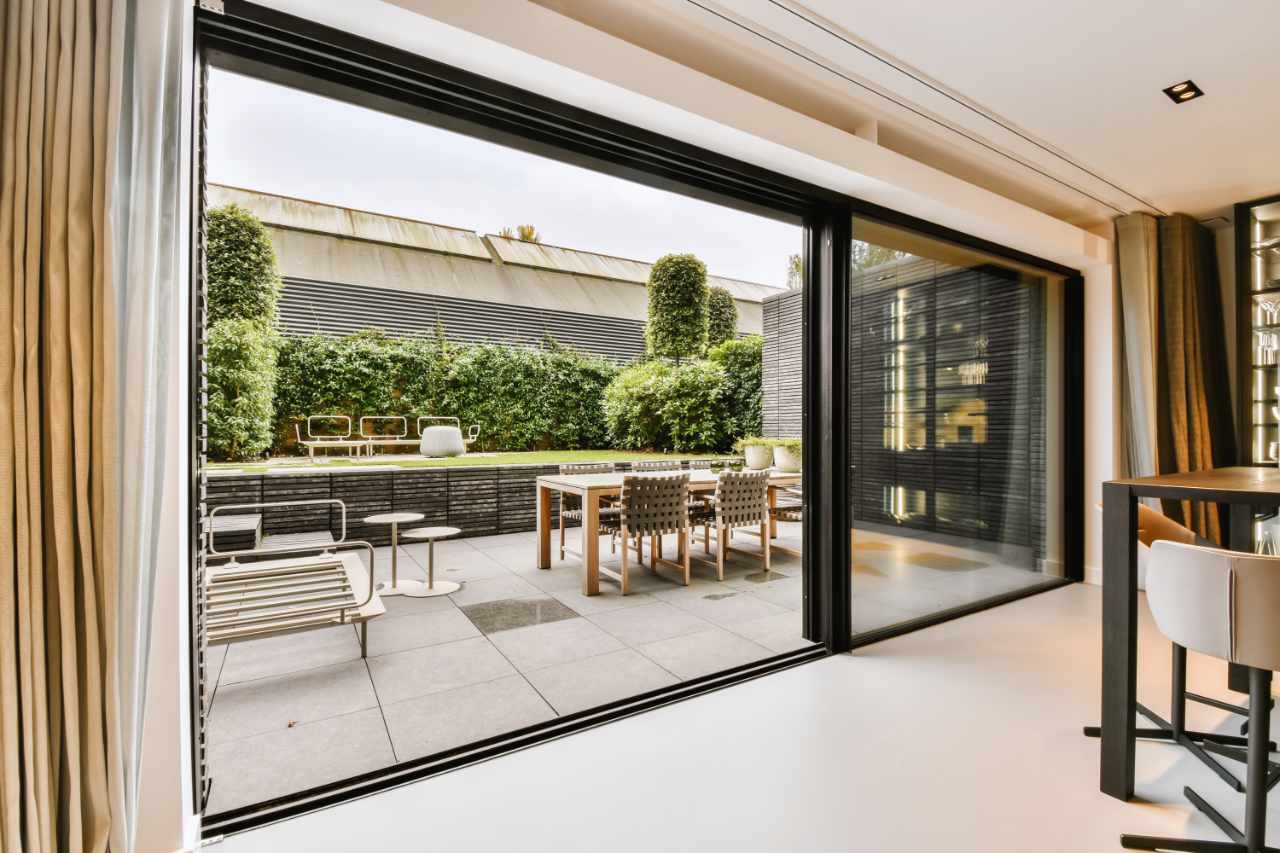
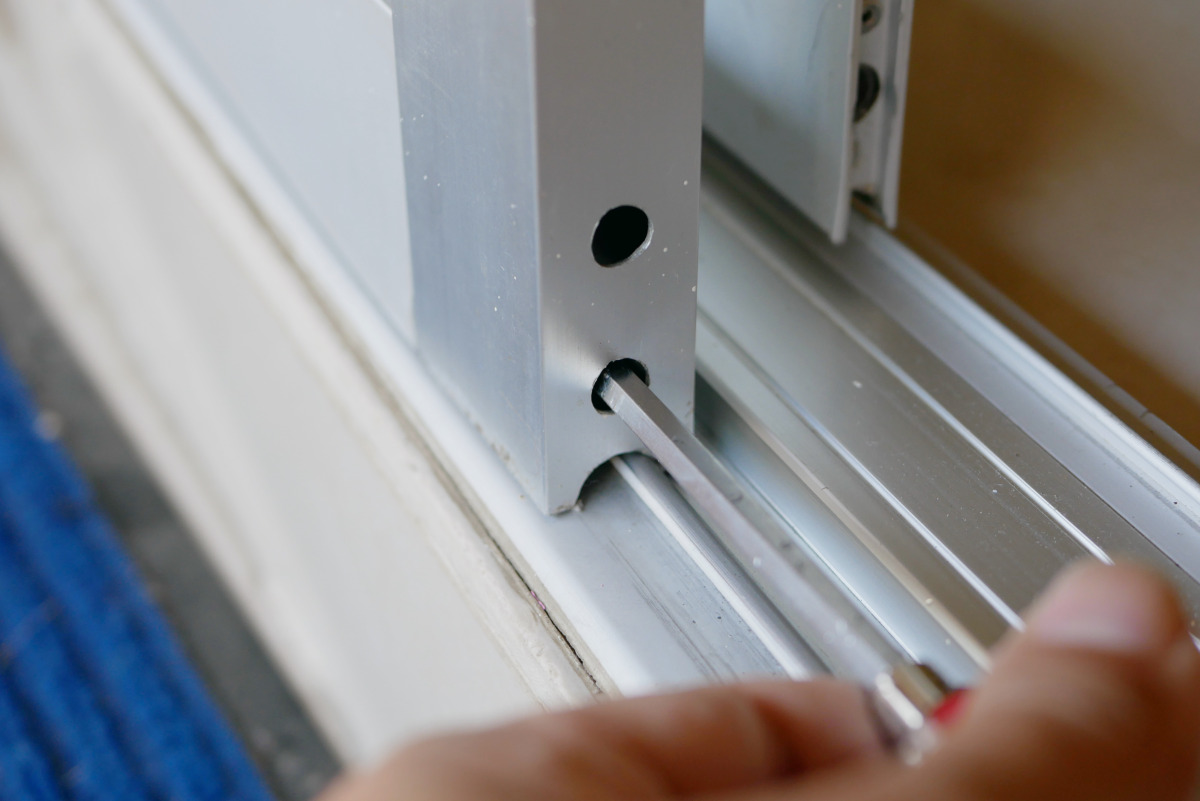
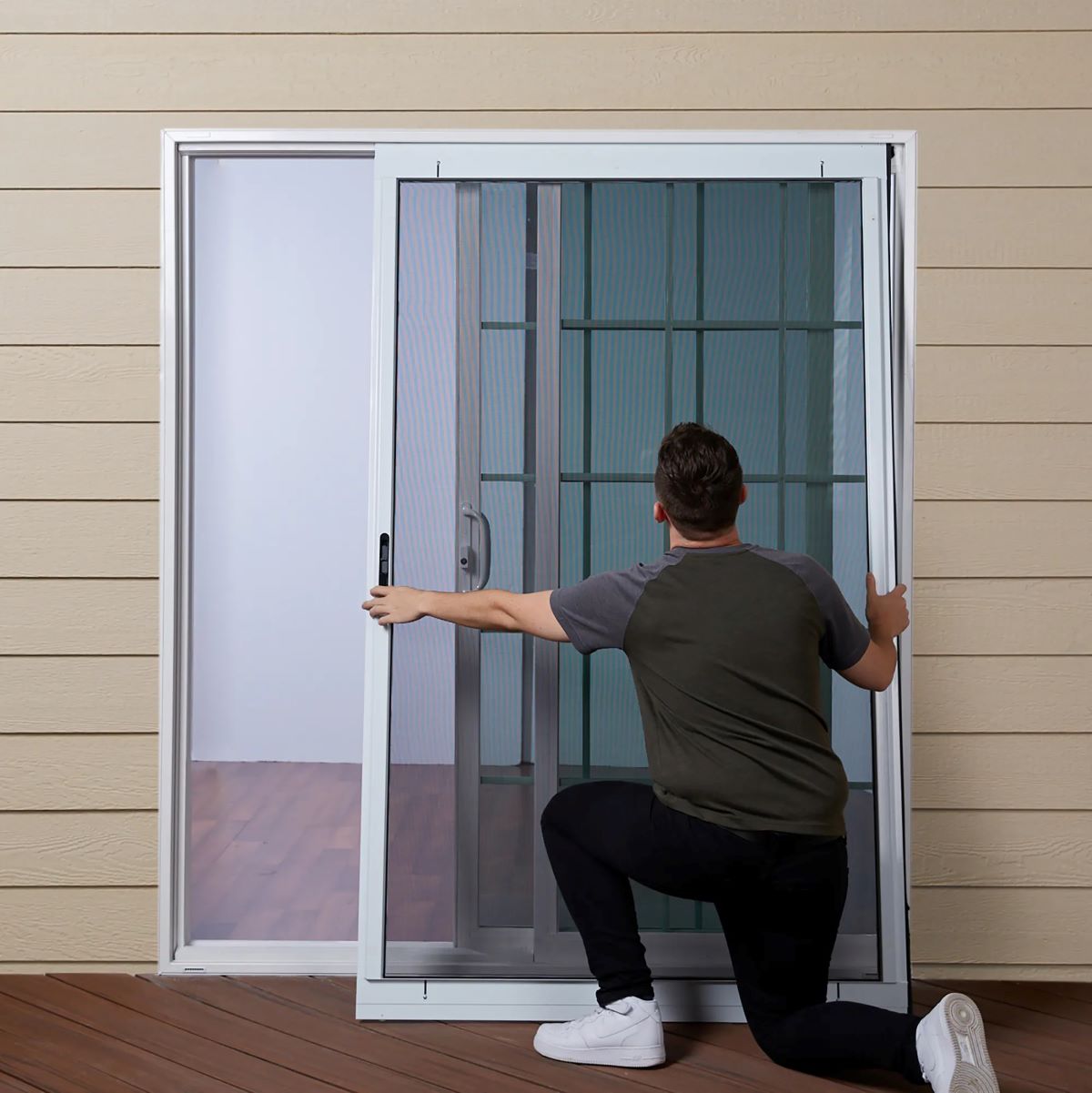
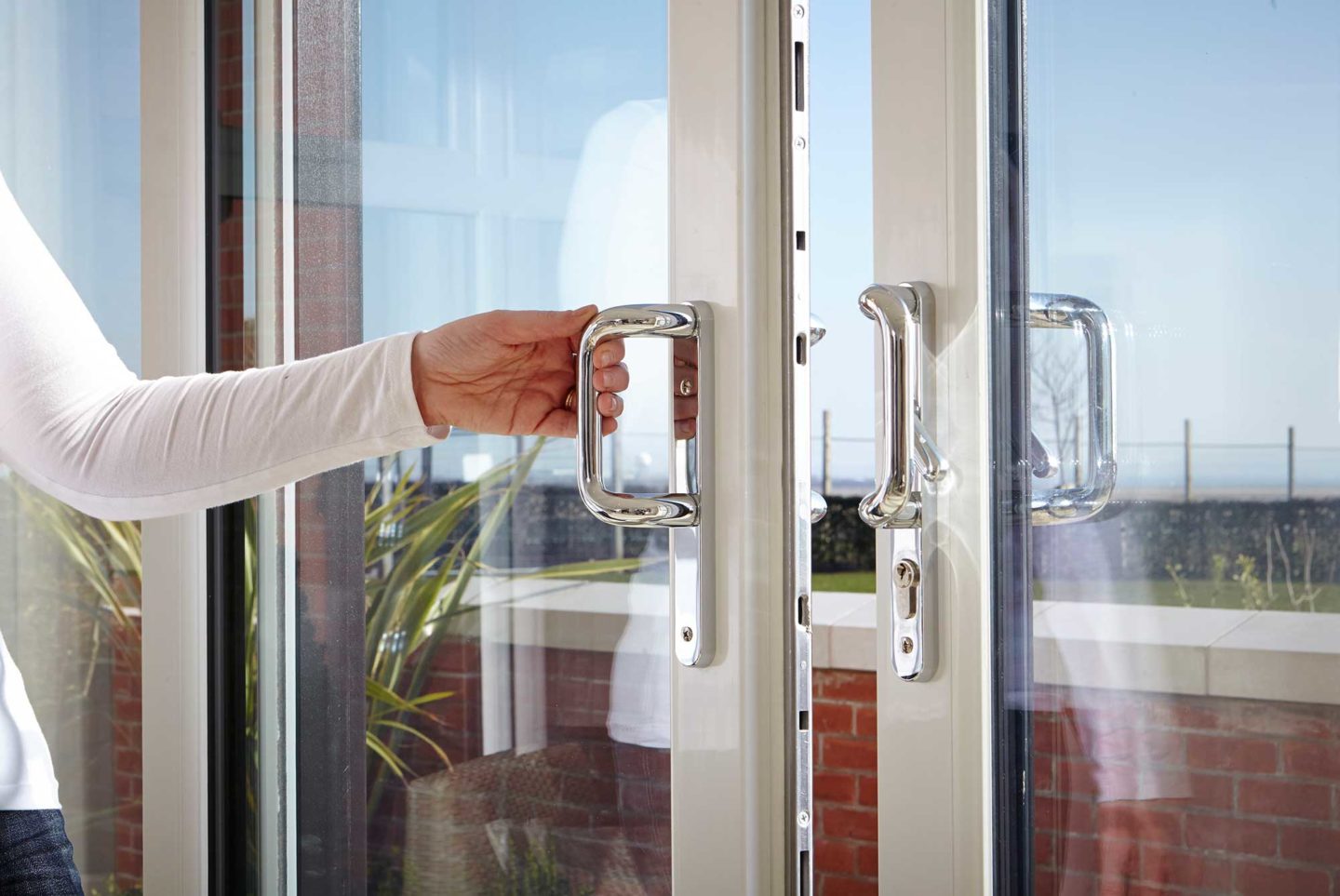
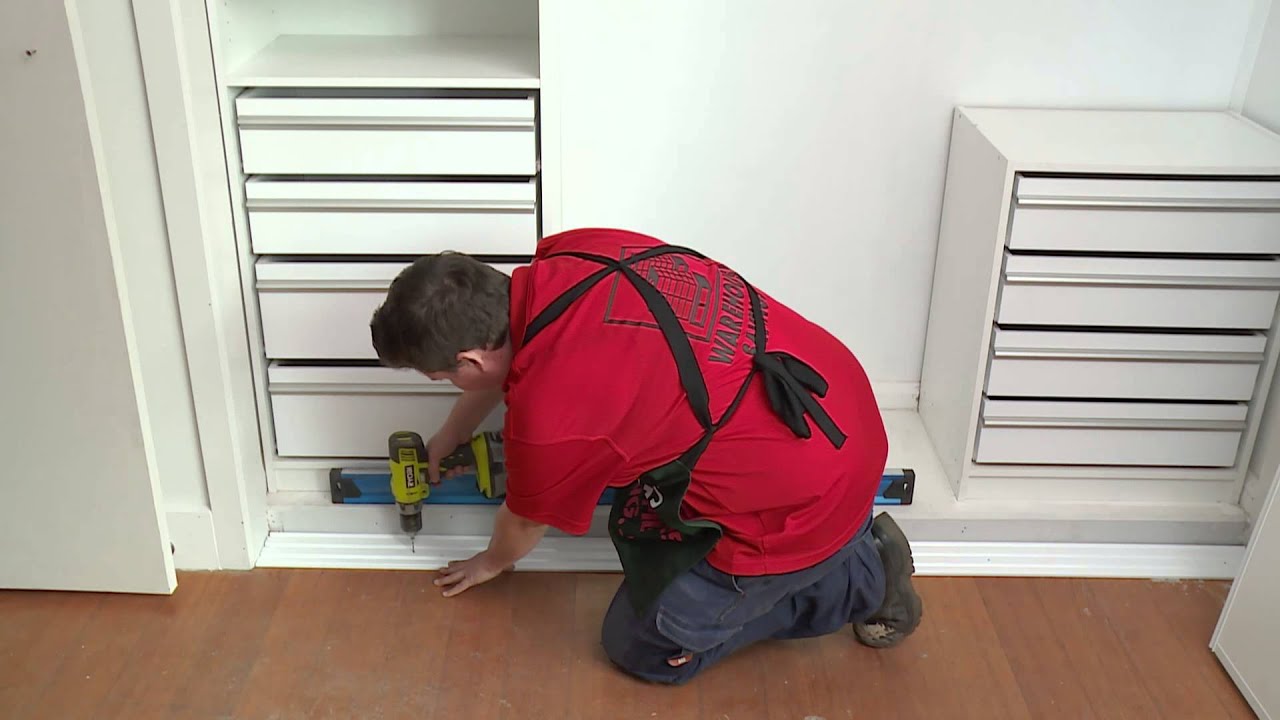
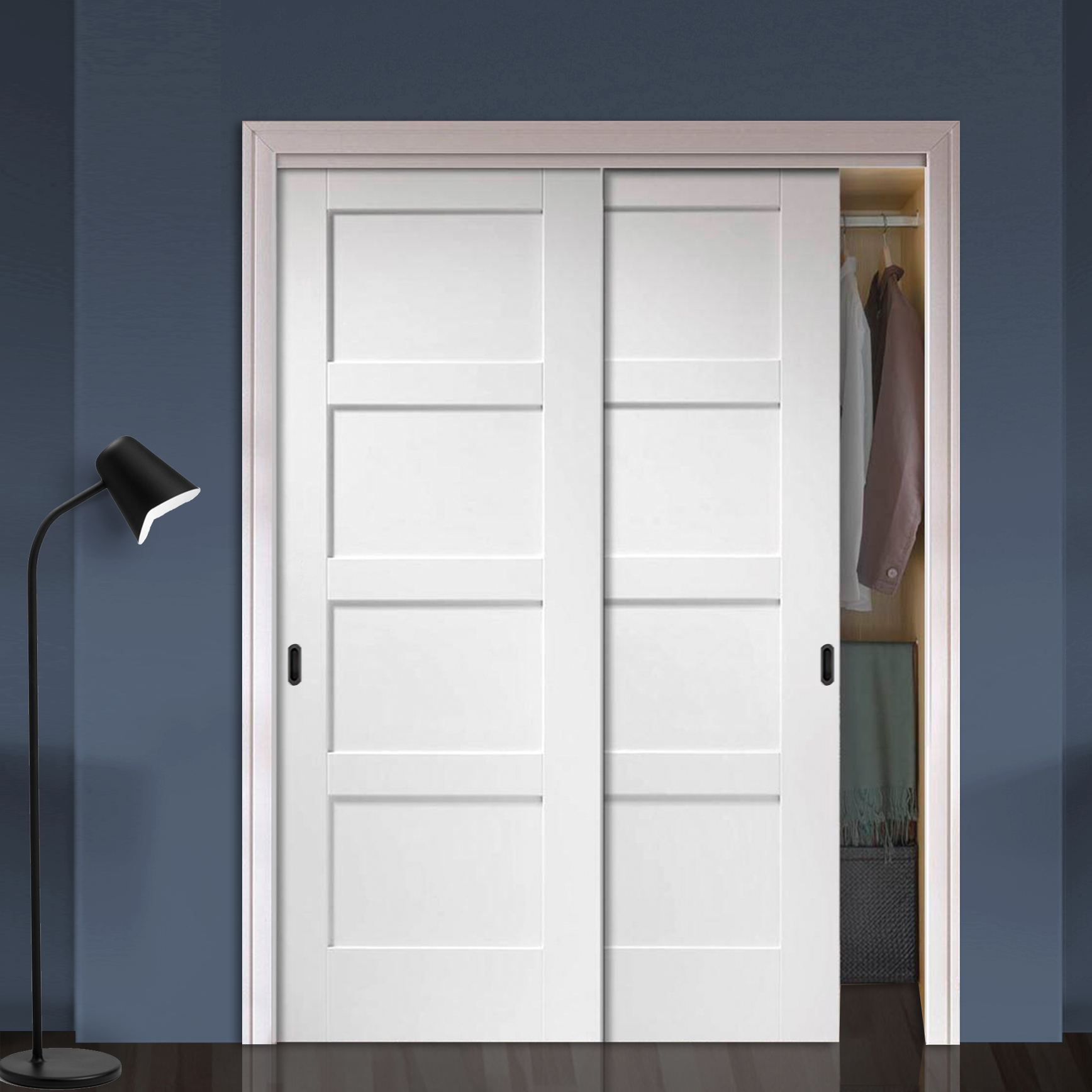
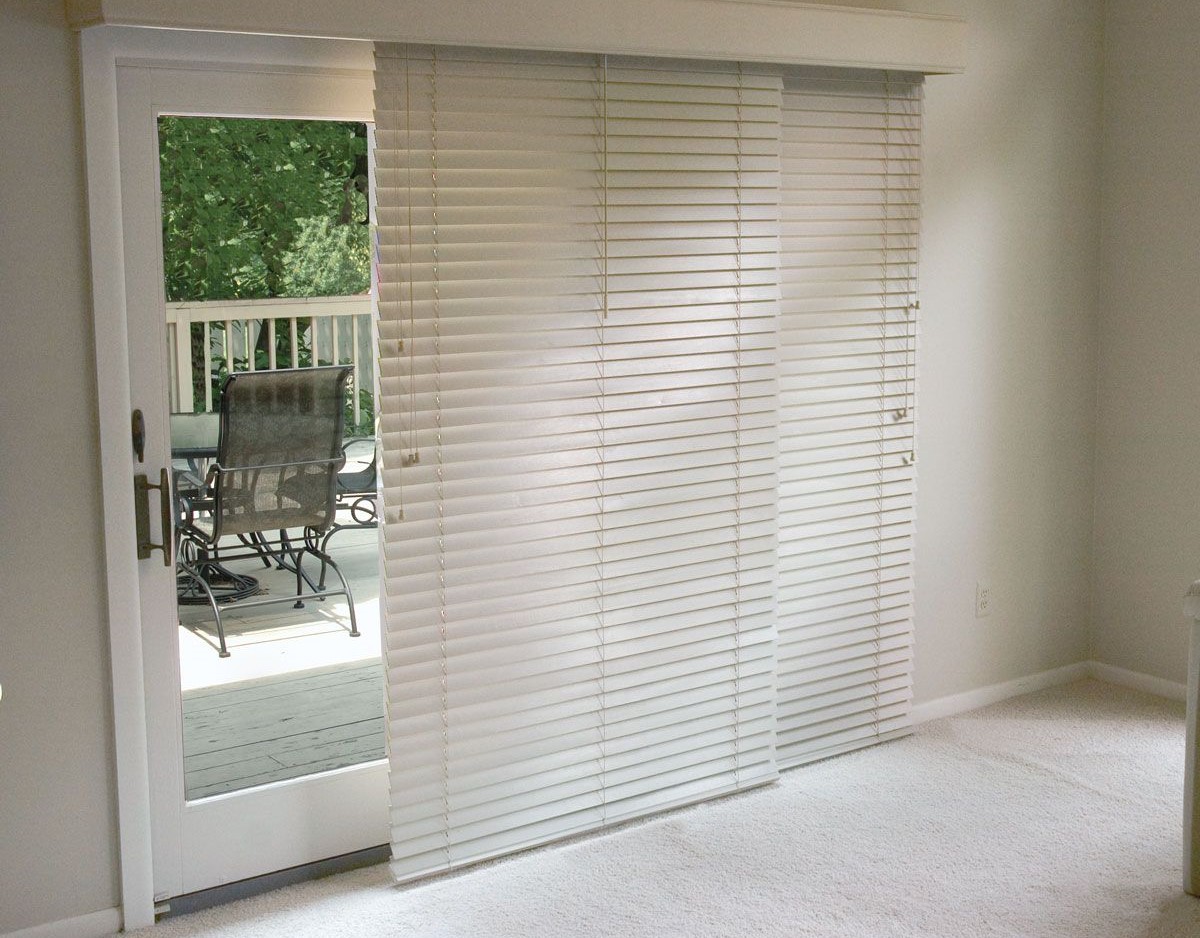
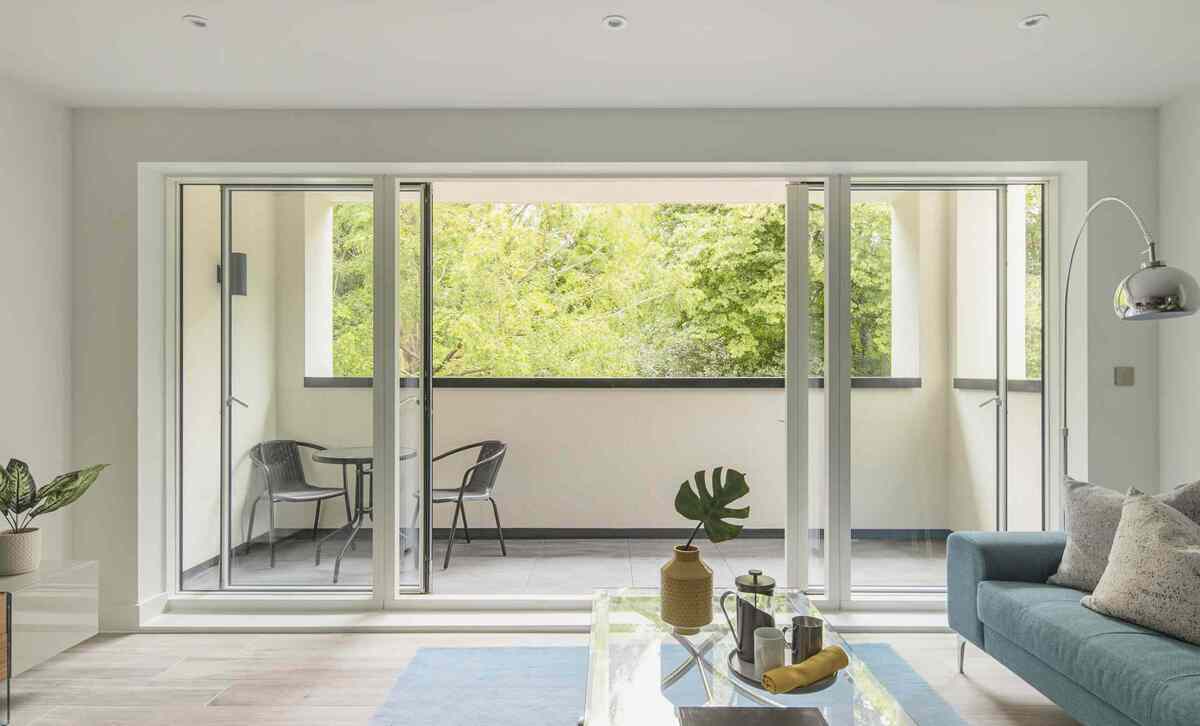
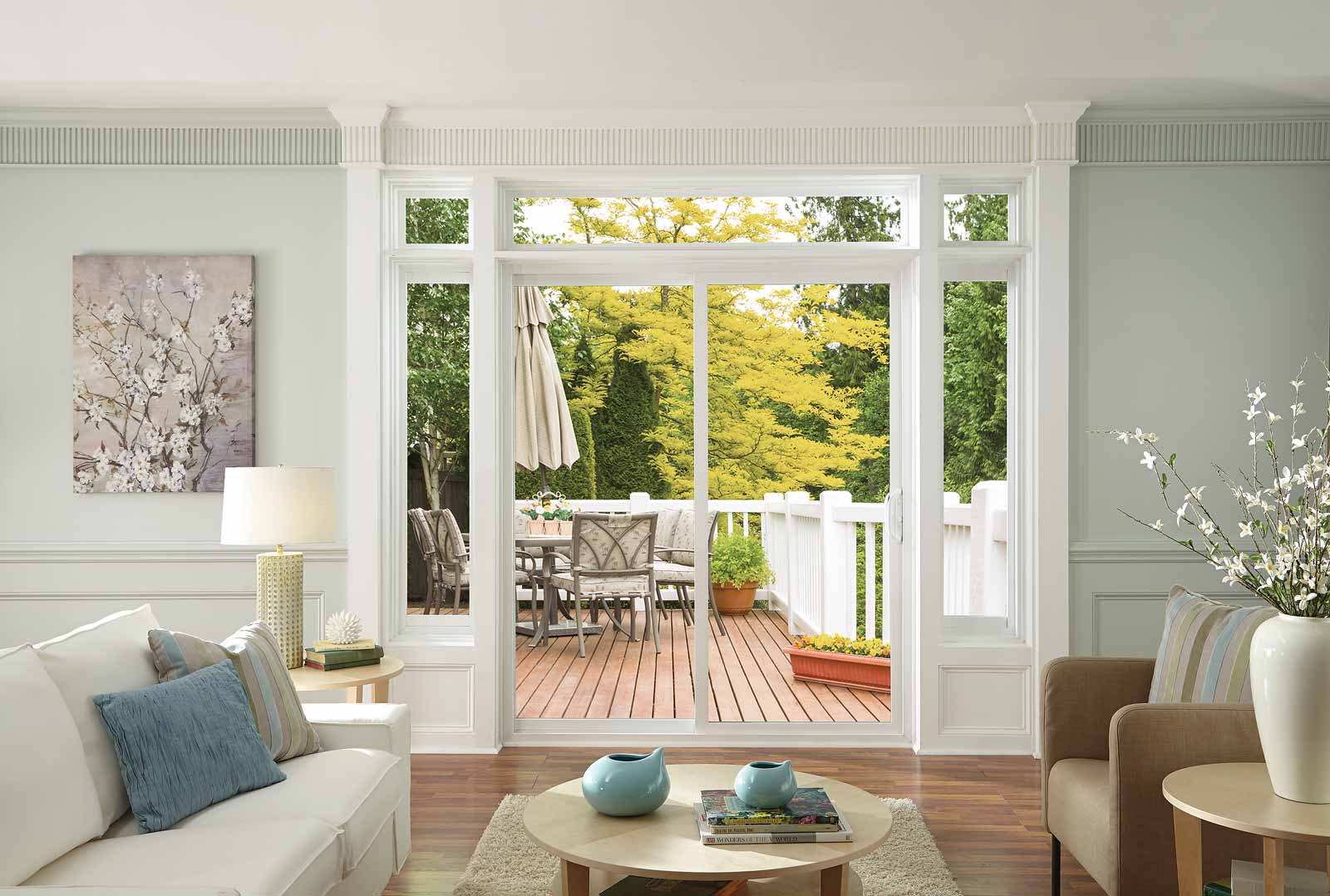
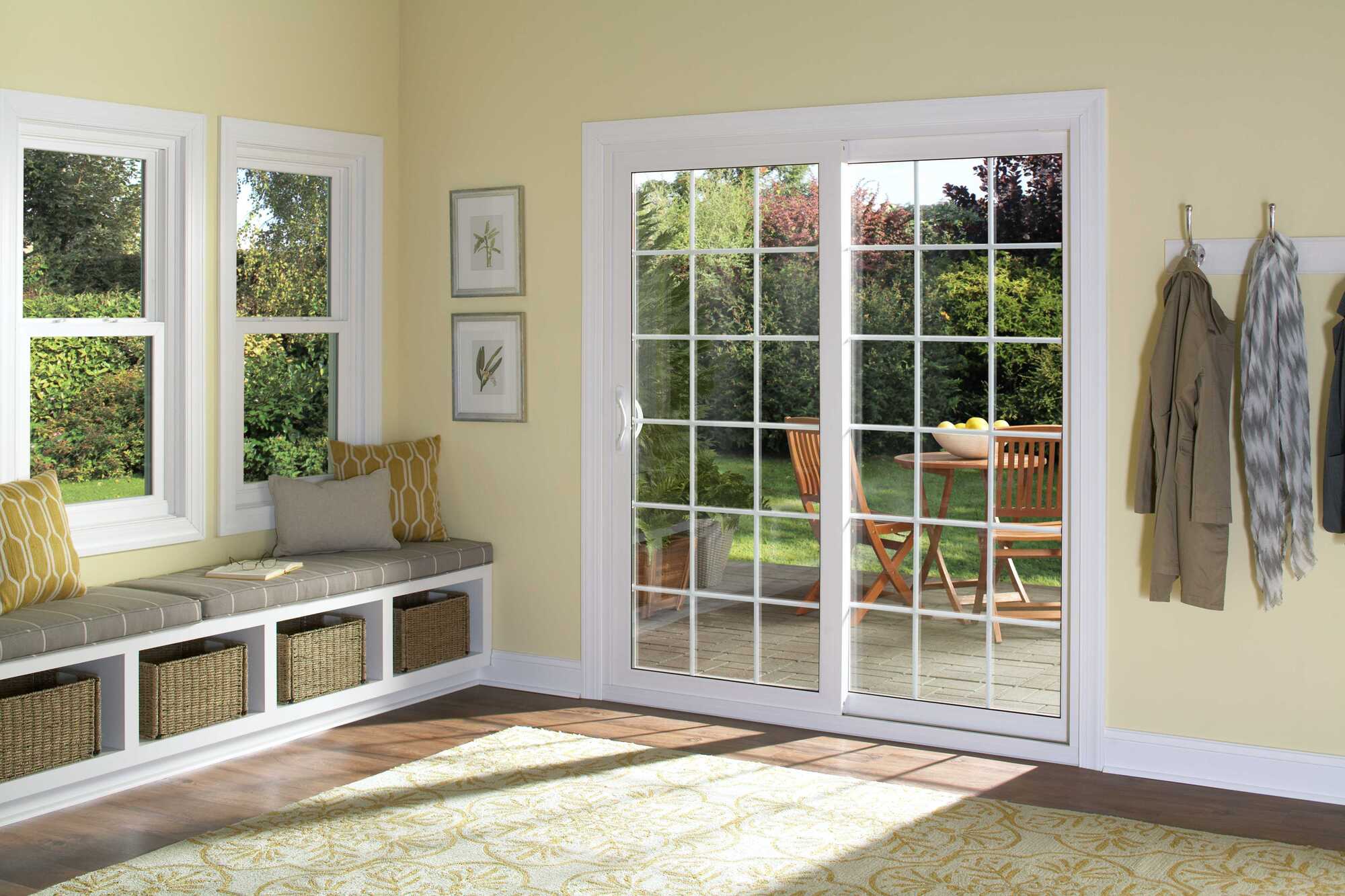
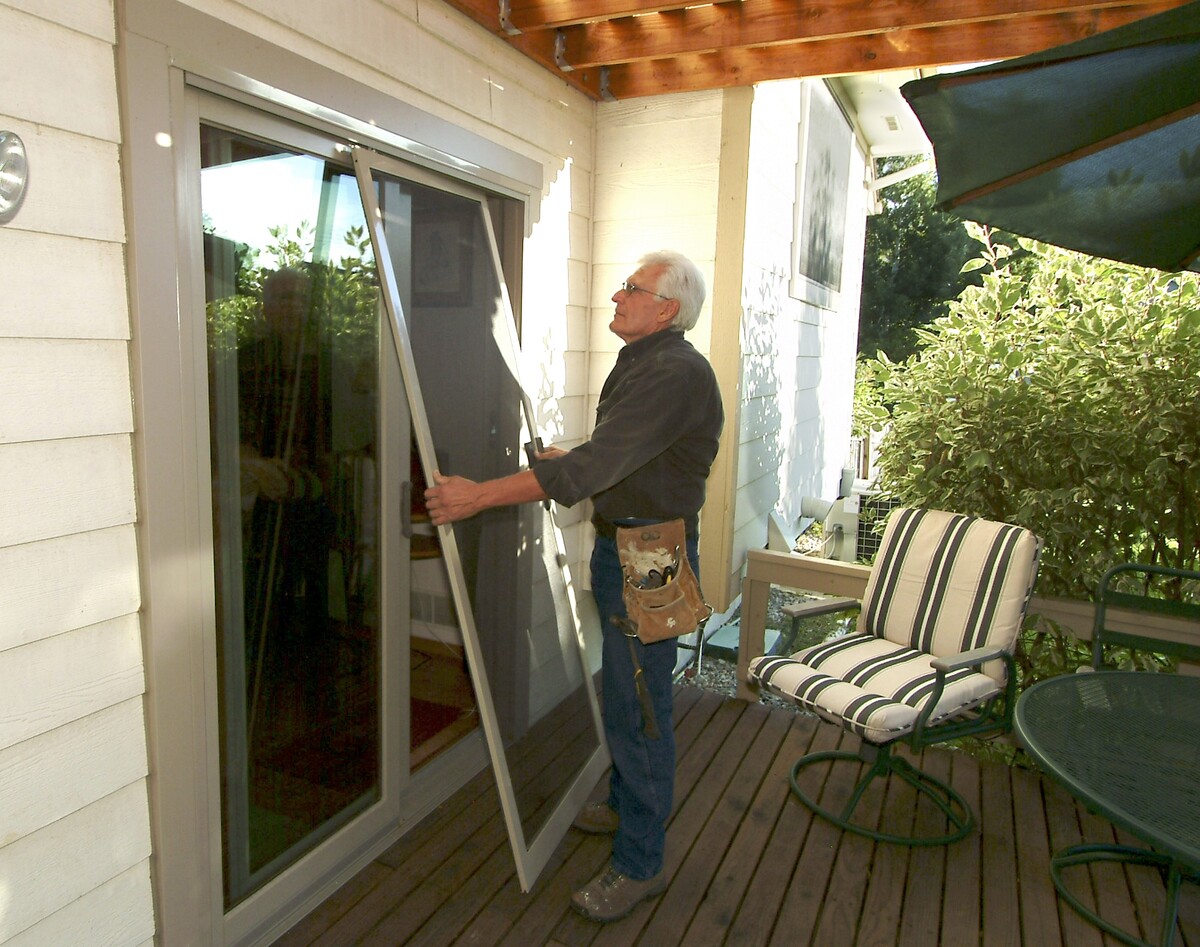
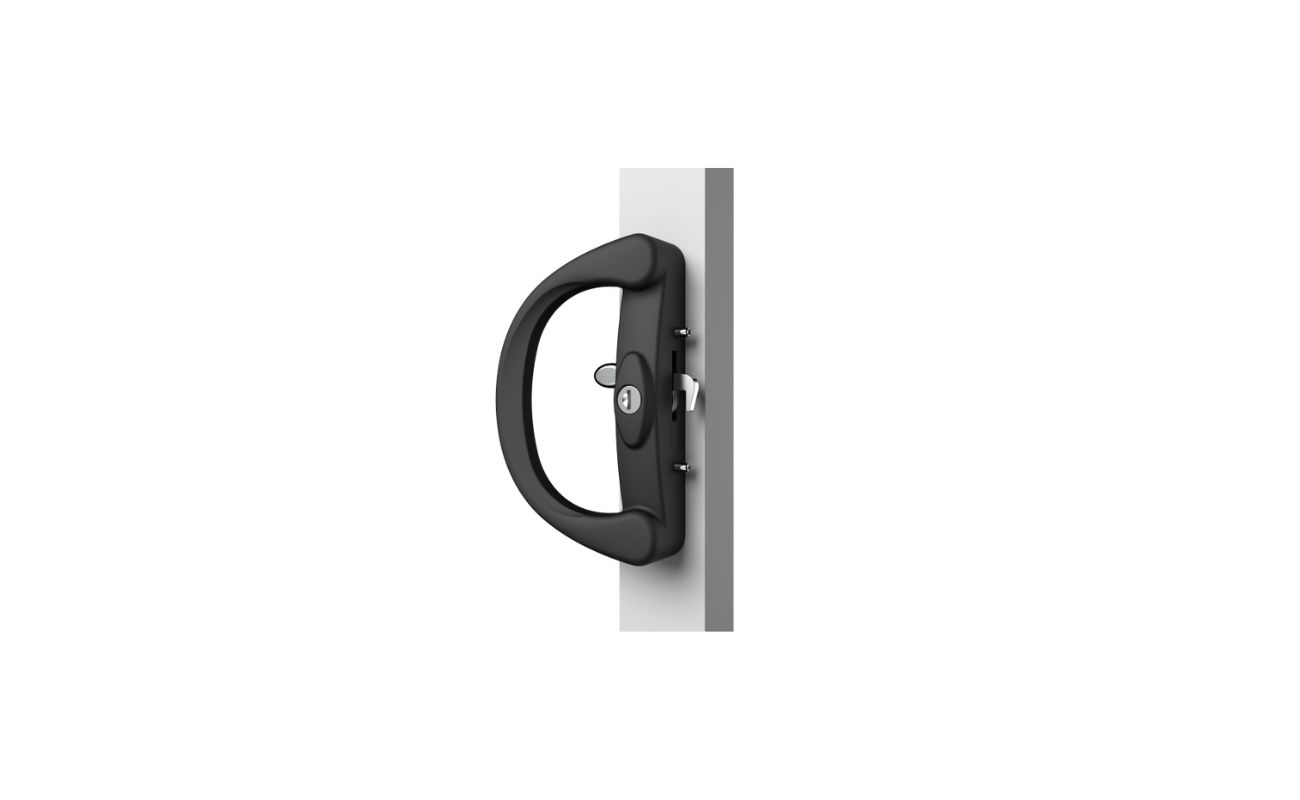
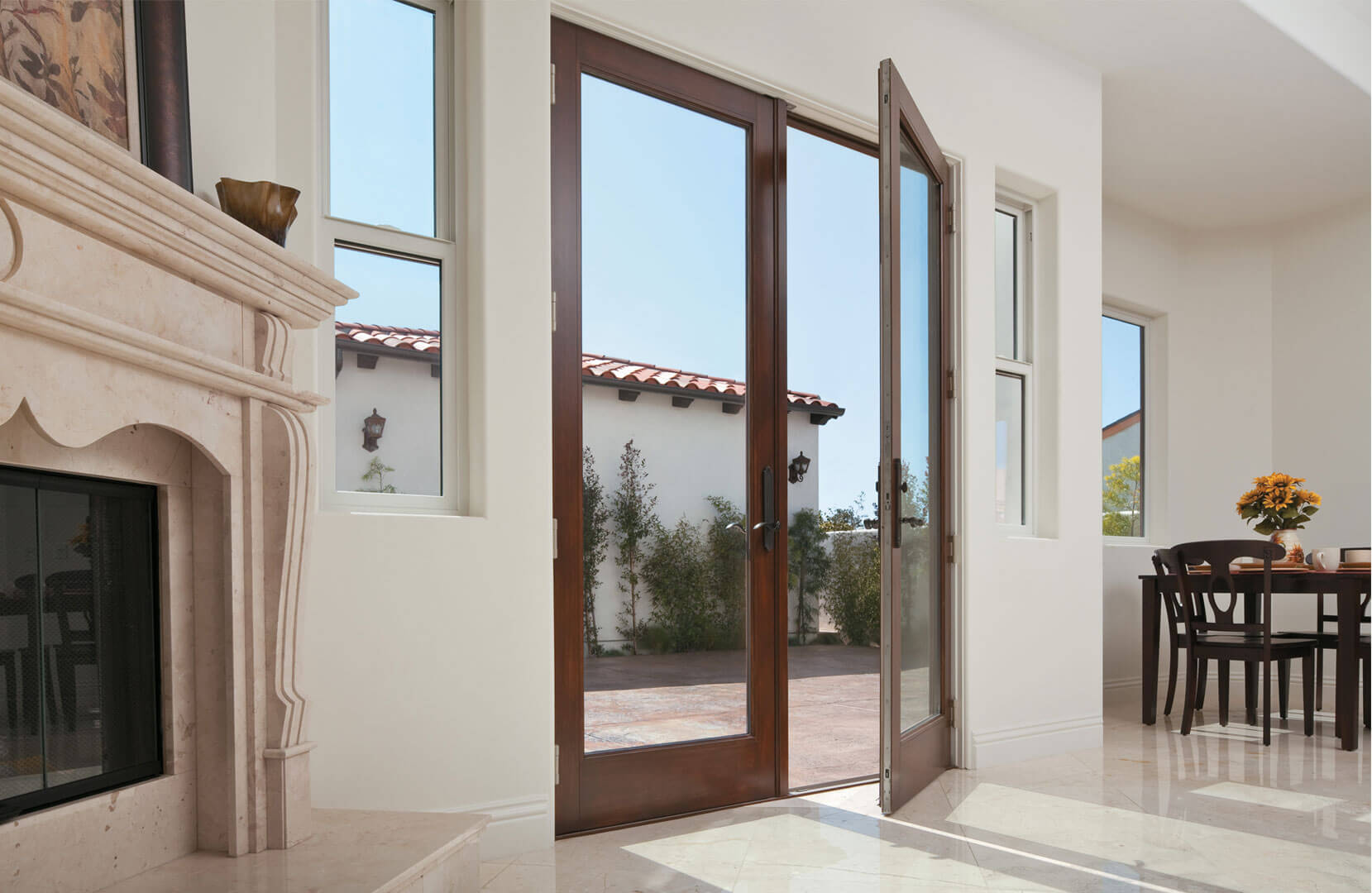

0 thoughts on “How To Install A Patio Sliding Door”